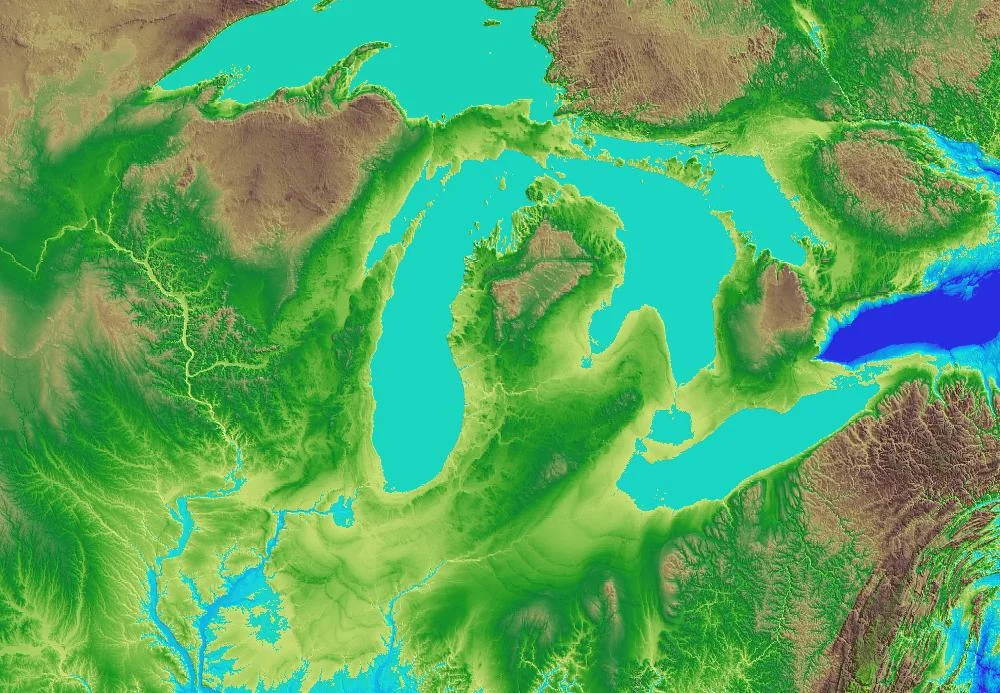Thailand, Laos, Cambodia, and the Malay Peninsula are forecast to continue in conditions of water deficit, which will be especially severe in Cambodia. Surpluses in western Borneo will diminish by September while surpluses on Java, and Flores Island may persist longer. From November on, deficits will increase in extent and severity on the Malay Peninsula and Sumatra, and will emerge in northeastern Borneo.
South Asia: Water surpluses forecast in central India, deficits in the south
Water surpluses are forecast for central India for the next several months, though the extent and severity will diminish. Deficits are forecast for southern and northwestern India, western Afghanistan and southern Pakistan. Exceptional deficits are forecast for Odisha, India in August and for Gujarat in December. Deficits will emerge in Sri Lanka in December. Moderate surpluses are expected to persist in Bangladesh through April.
Middle East: Water deficits forecast for the Levant & the Arabian Peninsula
The forecast for the Middle East through October, though an improvement over the widespread and exceptional water deficits of the preceding months, indicates that severe to exceptional deficits will remain extensive. Deficits of varying severity will persist on the Arabian Peninsula, in the Levant, southern Turkey, and much of Iran. These widespread water deficits will persist through April, but will diminish in severity from November on.
ISciences Worldwide Water Watch List August 2016
Regions likely to encounter significant water deficits in the coming months include: the US Northeast and Southeast, southern Mexico, central Brazil, Finland, North Africa, Democratic Republic of the Congo, Saudi Arabia, Cambodia, and Tasmania. Water surpluses are forecast for: western Wisconsin, Nebraska, eastern Texas, the Ob and Volga River Basins in Russia, central India, the Yellow and Lower Yangtze Rivers in China. This watch list is based on ISciences' Water Security Indicator Model (WSIM) Global Water Monitor and Forecast issued 9 August 2016.
When it rains...it pours
More intense precipitation events are occurring worldwide in both dry and wet climates. What has changed is the overall temperature constraint in the system. When the globe is warmer, there is more energy to work with. More heat - that is, more energy - begets more intense precipitation, and the possibility of more floods and more droughts. The most immediate threats of warming result from the changing risks of extreme weather. Unlike sea level rise which is real but less perceptible, this influence is already upon us and apparent.










